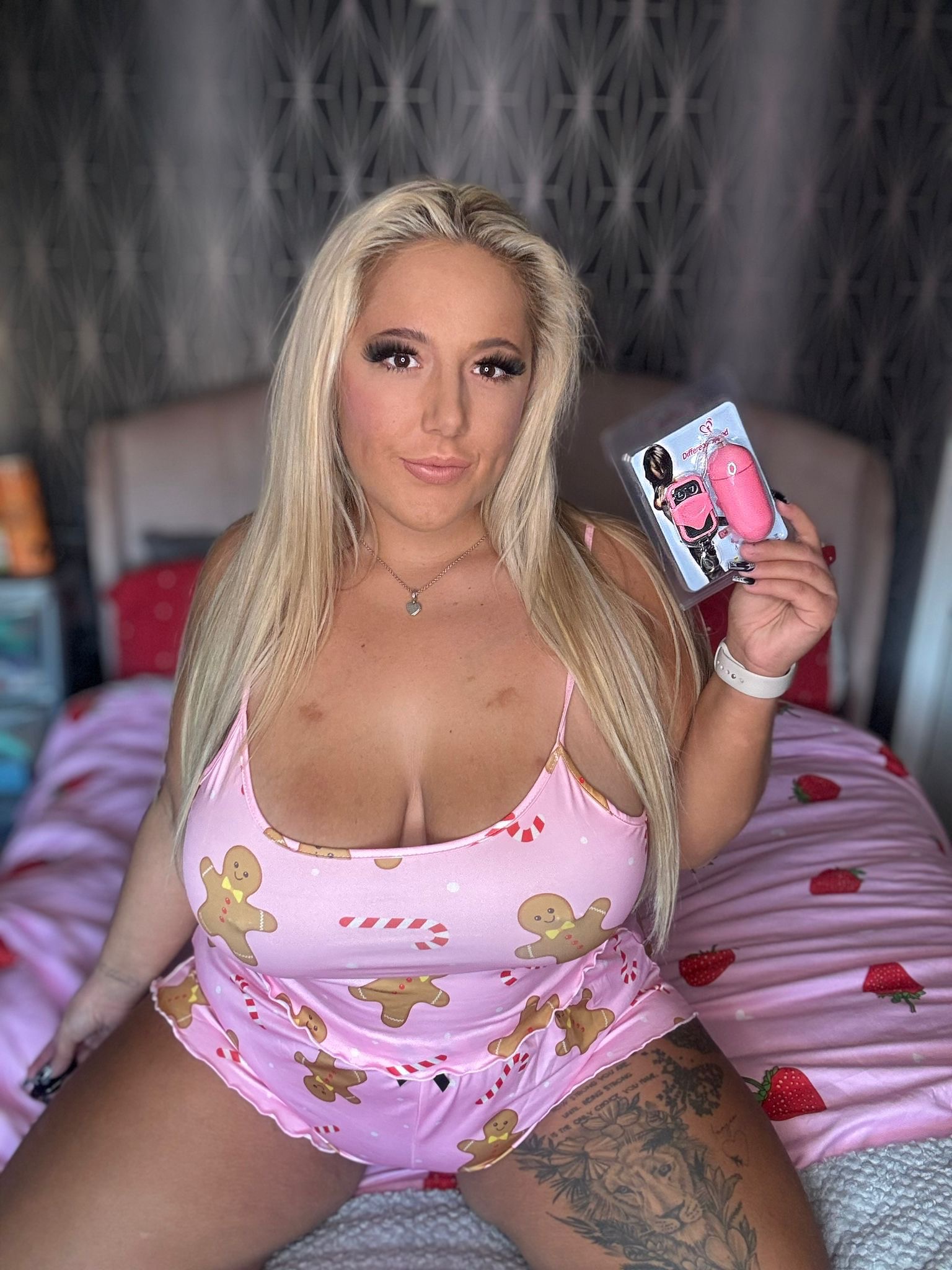Pansexuality: Living A Life Beyond The Gender Binary
May 29, 2025
Understanding Pansexuality
Pansexuality is an identity that expands beyond traditional notions of sexuality, embracing attraction to people regardless of their gender identity or expression.
Defining Pansexuality
Pansexual individuals are attracted to people based on their personality, character, and other qualities rather than focusing solely on gender. This means they can be attracted to men, women, transgender people, non-binary individuals, and anyone else, regardless of how they identify or express their gender.
It’s important to remember that pansexuality is distinct from bisexuality, although the two terms are often confused. While bisexual individuals are attracted to two genders (typically men and women), pansexual attraction transcends the limitations of a binary system.
Beyond the Gender Binary
Pansexuality challenges the traditional binary understanding of gender and sexuality. It recognizes that gender is a spectrum and that attraction can exist beyond the confines of male and female categories. Pansexual individuals experience attraction to people based on their unique qualities, character, and personality, rather than solely on their gender identity or expression.
By embracing a fluid and inclusive definition of love and attraction, pansexuality fosters a more accepting and understanding society where individuals are free to express their true selves without limitations imposed by rigid societal norms.
Understanding pansexuality involves recognizing that gender is not binary and that attraction can manifest in diverse ways. It encourages empathy, respect, and acceptance for all individuals, regardless of their gender identity or sexual orientation.

Attraction and Relationships
Pansexuality is an identity that expands beyond traditional notions of sexuality, embracing attraction to people regardless of their gender identity or expression. Pansexual individuals are attracted to people based on their personality, character, and other qualities rather than focusing solely on gender. This means they can be attracted to men, women, transgender people, non-binary individuals, and anyone else, regardless of how they identify or express their gender.
It’s important to remember that pansexuality is distinct from bisexuality, although the two terms are often confused. While bisexual individuals are attracted to two genders (typically men and women), pansexual attraction transcends the limitations of a binary system.
Pansexuality challenges the traditional binary understanding of gender and sexuality. It recognizes that gender is a spectrum and that attraction can exist beyond the confines of male and female categories. Pansexual individuals experience attraction to people based on their unique qualities, character, and personality, rather than solely on their gender identity or expression.
By embracing a fluid and inclusive definition of love and attraction, pansexuality fosters a more accepting and understanding society where individuals are free to express their true selves without limitations imposed by rigid societal norms.
Understanding pansexuality involves recognizing that gender is not binary and that attraction can manifest in diverse ways. It encourages empathy, respect, and acceptance for all individuals, regardless of their gender identity or sexual orientation.
Navigating Societal Perceptions
Navigating societal perceptions as a pansexual individual can be complex.
Challenging Stereotypes
Society often clings to rigid binary concepts of gender and sexuality. This can lead to misunderstandings, prejudice, and discrimination against those who identify as pansexual.
One major challenge is encountering misconceptions about what pansexuality means. Some may confuse it with bisexuality or assume it’s a passing phase. Education and open communication are crucial for dispelling these myths and fostering accurate understanding.
Another hurdle is facing internalized biphobia or homophobia. These societal biases can cause individuals to doubt their own identities or suppress their true feelings out of fear of rejection.
It’s important for pansexual people to find supportive communities where they can connect with others who understand their experiences and celebrate their identities.
Challenging stereotypes requires visibility and representation. Sharing personal stories, advocating for inclusivity in media and education, and demanding equal rights can help break down harmful preconceptions and create a more accepting world.
Coming Out and Disclosure
Navigating societal perceptions as a pansexual individual can be complex.

Society often clings to rigid binary concepts of gender and sexuality. This can lead to misunderstandings, prejudice, and discrimination against those who identify as pansexual.
- One major challenge is encountering misconceptions about what pansexuality means. Some may confuse it with bisexuality or assume it’s a passing phase. Education and open communication are crucial for dispelling these myths and fostering accurate understanding.
- Another hurdle is facing internalized biphobia or homophobia. These societal biases can cause individuals to doubt their own identities or suppress their true feelings out of fear of rejection.
- It’s important for pansexual people to find supportive communities where they can connect with others who understand their experiences and celebrate their identities.
- Challenging stereotypes requires visibility and representation. Sharing personal stories, advocating for inclusivity in media and education, and demanding equal rights can help break down harmful preconceptions and create a more accepting world.
Building Supportive Communities
Navigating societal perceptions as a pansexual individual can be complex.
Society often clings to rigid binary concepts of gender and sexuality. This can lead to misunderstandings, prejudice, and discrimination against those who identify as pansexual. One major challenge is encountering misconceptions about what pansexuality means. Some may confuse it with bisexuality or assume it’s a passing phase. Education and open communication are crucial for dispelling these myths and fostering accurate understanding.
Another hurdle is facing internalized biphobia or homophobia. These societal biases can cause individuals to doubt their own identities or suppress their true feelings out of fear of rejection. It’s important for pansexual people to find supportive communities where they can connect with others who understand their experiences and celebrate their identities.
Building these supportive communities can involve seeking out online forums, attending LGBTQ+ events, or joining local support groups. Connecting with other pansexual individuals can provide a sense of belonging, validation, and shared understanding. These communities offer a safe space to discuss challenges, share experiences, and find encouragement.
Challenging stereotypes requires visibility and representation. Sharing personal stories, advocating for inclusivity in media and education, and demanding equal rights can help break down harmful preconceptions and create a more accepting world.
Experiences and Challenges
Navigating societal perceptions as a pansexual individual can be complex. Society often clings to rigid binary concepts of gender and sexuality, which can lead to misunderstandings, prejudice, and discrimination against those who identify as pansexual.
Intersectionality with Other Identities
Pansexuality challenges traditional notions of gender and sexuality, embracing attraction to people regardless of their gender identity or expression.
Navigating societal perceptions can be complex as rigid binary concepts often lead to misconceptions and prejudice. One significant challenge is encountering misinformation about pansexuality. Some may confuse it with bisexuality or assume it’s a fleeting phase, highlighting the need for education and open communication to dispel myths and foster understanding.
Another hurdle is facing internalized biphobia or homophobia, societal biases that can cause individuals to question their identities or suppress their true feelings due to fear of rejection. Building supportive communities becomes crucial as it provides a sense of belonging, validation, and shared understanding. Connecting with other pansexual individuals allows for the safe sharing of experiences and challenges.
Challenging stereotypes requires visibility and representation. Sharing personal stories, advocating for inclusivity in media and education, and demanding equal rights are essential steps in breaking down harmful preconceptions and creating a more accepting world.
Internalized Biphobia and Homophobia
Navigating societal perceptions as a pansexual individual can be complex.
Society often clings to rigid binary concepts of gender and sexuality. This can lead to misunderstandings, prejudice, and discrimination against those who identify as pansexual.
One major challenge is encountering misconceptions about what pansexuality means. Some may confuse it with bisexuality or assume it’s a passing phase. Education and open communication are crucial for dispelling these myths and fostering accurate understanding.
Another hurdle is facing internalized biphobia or homophobia. These societal biases can cause individuals to doubt their own identities or suppress their true feelings out of fear of rejection.
It’s important for pansexual people to find supportive communities where they can connect with others who understand their experiences and celebrate their identities. Building these supportive communities can involve seeking out online forums, attending LGBTQ+ events, or joining local support groups. Connecting with other pansexual individuals can provide a sense of belonging, validation, and shared understanding.
Challenging stereotypes requires visibility and representation. Sharing personal stories, advocating for inclusivity in media and education, and demanding equal rights can help break down harmful preconceptions and create a more accepting world.
Finding Authentic Expression
Pansexuality challenges traditional notions of gender and sexuality, embracing attraction to people regardless of their gender identity or expression. Navigating societal perceptions as a pansexual individual can be complex.
Society often clings to rigid binary concepts of gender and sexuality, which can lead to misunderstandings, prejudice, and discrimination against those who identify as pansexual. One significant challenge is encountering misinformation about pansexuality. Some may confuse it with bisexuality or assume it’s a fleeting phase, highlighting the need for education and open communication to dispel myths and foster understanding.
Another hurdle is facing internalized biphobia or homophobia, societal biases that can cause individuals to question their identities or suppress their true feelings due to fear of rejection. Building supportive communities becomes crucial as it provides a sense of belonging, validation, and shared understanding. Connecting with other pansexual individuals allows for the safe sharing of experiences and challenges.
Challenging stereotypes requires visibility and representation. Sharing personal stories, advocating for inclusivity in media and education, and demanding equal rights are essential steps in breaking down harmful preconceptions and creating a more accepting world.
Resources and Support
Navigating societal perceptions as a pansexual individual can be complex.
Society often clings to rigid binary concepts of gender and sexuality, which can lead to misunderstandings, prejudice, and discrimination against those who identify as pansexual. One significant challenge is encountering misinformation about pansexuality. Some may confuse it with bisexuality or assume it’s a fleeting phase, highlighting the need for education and open communication to dispel myths and foster understanding.
Another hurdle is facing internalized biphobia or homophobia, societal biases that can cause individuals to question their identities or suppress their true feelings due to fear of rejection. Building supportive communities becomes crucial as it provides a sense of belonging, validation, and shared understanding. Connecting with other pansexual individuals allows for the safe sharing of experiences and challenges.
Challenging stereotypes requires visibility and representation. Sharing personal stories, advocating for inclusivity in media and education, and demanding equal rights are essential steps in breaking down harmful preconceptions and creating a more accepting world.
Thankfully, there are numerous resources available to support pansexual individuals. These include online forums, support groups, and organizations dedicated to LGBTQ+ rights.
Connecting with others who understand the unique challenges faced by pansexual people can provide invaluable emotional support, guidance, and a sense of community.
It’s important for pansexual individuals to know that they are not alone and that there is help available to navigate societal perceptions and live authentically.
Organizations and Advocacy Groups
Pansexuality challenges traditional notions of gender and sexuality, embracing attraction to people regardless of their gender identity or expression. Navigating societal perceptions as a pansexual individual can be complex.
Society often clings to rigid binary concepts of gender and sexuality, which can lead to misunderstandings, prejudice, and discrimination against those who identify as pansexual. One significant challenge is encountering misinformation about pansexuality. Some may confuse it with bisexuality or assume it’s a fleeting phase, highlighting the need for education and open communication to dispel myths and foster understanding.
Another hurdle is facing internalized biphobia or homophobia, societal biases that can cause individuals to question their identities or suppress their true feelings due to fear of rejection. Building supportive communities becomes crucial as it provides a sense of belonging, validation, and shared understanding. Connecting with other pansexual individuals allows for the safe sharing of experiences and challenges.
Challenging stereotypes requires visibility and representation. Sharing personal stories, advocating for inclusivity in media and education, and demanding equal rights are essential steps in breaking down harmful preconceptions and creating a more accepting world.
Thankfully, there are numerous resources available to support pansexual individuals. These include online forums, support groups, and organizations dedicated to LGBTQ+ rights.
Connecting with others who understand the unique challenges faced by pansexual people can provide invaluable emotional support, guidance, and a sense of community.
Here are some organizations that offer support and advocacy for pansexual individuals:
- The Trevor Project: A suicide prevention and crisis intervention organization for LGBTQ+ youth.
- GLAAD: An organization that works to promote LGBTQ+ acceptance through media representation.
- Human Rights Campaign (HRC): An advocacy group working to achieve equality for LGBTQ+ people.
- PFLAG: An organization that provides support for families and friends of LGBTQ+ people.
- The National Center for Transgender Equality: A leading advocate for transgender rights in the United States.
It’s important for pansexual individuals to know that they are not alone and that there is help available to navigate societal perceptions and live authentically.
Online Communities and Forums
Navigating societal perceptions as a pansexual individual can be complex. Society often clings to rigid binary concepts of gender and sexuality, which can lead to misunderstandings, prejudice, and discrimination against those who identify as pansexual. One significant challenge is encountering misinformation about pansexuality. Some may confuse it with bisexuality or assume it’s a fleeting phase, highlighting the need for education and open communication to dispel myths and foster understanding.
Another hurdle is facing internalized biphobia or homophobia, societal biases that can cause individuals to question their identities or suppress their true feelings due to fear of rejection. Building supportive communities becomes crucial as it provides a sense of belonging, validation, and shared understanding. Connecting with other pansexual individuals allows for the safe sharing of experiences and challenges.
Thankfully, there are numerous resources available to support pansexual individuals. These include online forums, support groups, and organizations dedicated to LGBTQ+ rights.
Connecting with others who understand the unique challenges faced by pansexual people can provide invaluable emotional support, guidance, and a sense of community. It’s important for pansexual individuals to know that they are not alone and that there is help available to navigate societal perceptions and live authentically.
Here are some organizations that offer support and advocacy for pansexual individuals:
- The Trevor Project: A suicide prevention and crisis intervention organization for LGBTQ+ youth.
- GLAAD: An organization that works to promote LGBTQ+ acceptance through media representation.
- Human Rights Campaign (HRC): An advocacy group working to achieve equality for LGBTQ+ people.
- PFLAG: An organization that provides support for families and friends of LGBTQ+ people.
- The National Center for Transgender Equality: A leading advocate for transgender rights in the United States.
Mental Health and Counseling Services
Navigating societal perceptions as a pansexual individual can be complex. Society often clings to rigid binary concepts of gender and sexuality, which can lead to misunderstandings, prejudice, and discrimination against those who identify as pansexual. One significant challenge is encountering misinformation about pansexuality. Some may confuse it with bisexuality or assume it’s a fleeting phase, highlighting the need for education and open communication to dispel myths and foster understanding.
Another hurdle is facing internalized biphobia or homophobia, societal biases that can cause individuals to question their identities or suppress their true feelings due to fear of rejection. Building supportive communities becomes crucial as it provides a sense of belonging, validation, and shared understanding. Connecting with other pansexual individuals allows for the safe sharing of experiences and challenges.
Thankfully, there are numerous resources available to support pansexual individuals. These include:
* **Online Forums:** Connect with others who understand your experiences and offer advice and support.
* **Support Groups:** Find local or online groups where you can share your story and connect with people who identify as pansexual.
* **LGBTQ+ Organizations:** Many organizations dedicated to LGBTQ+ rights provide resources, advocacy, and support services specifically for pansexual individuals.
Remember, you are not alone. Reaching out for help and connecting with a supportive community can make a significant difference in your journey.

Here are some helpful resources:
* **The Trevor Project:** A suicide prevention and crisis intervention organization for LGBTQ+ youth. https://www.thetrevorproject.org/(https://www.thetrevorproject.org/)
* **GLAAD:** An organization that works to promote LGBTQ+ acceptance through media representation. https://www.glaad.org/(https://www.glaad.org/)
* **Human Rights Campaign (HRC):** An advocacy group working to achieve equality for LGBTQ+ people. https://www.hrc.org/(https://www.hrc.org/)
* **PFLAG:** An organization that provides support for families and friends of LGBTQ+ people. https://pflag.org/(https://pflag.org/)
It’s important to prioritize your well-being and seek support when needed. You deserve to live authentically and feel accepted for who you are.
butter churner sex
Read the blog and learn more
Catch what’s shared in the article
- Role Of CBD Infused Gummy Edibles In Managing Sleep Disorders - November 5, 2025
- Retinol Peel Near Limpsfield, Surrey - November 2, 2025
- Retinol Peel Near Alfold, Surrey - November 1, 2025
